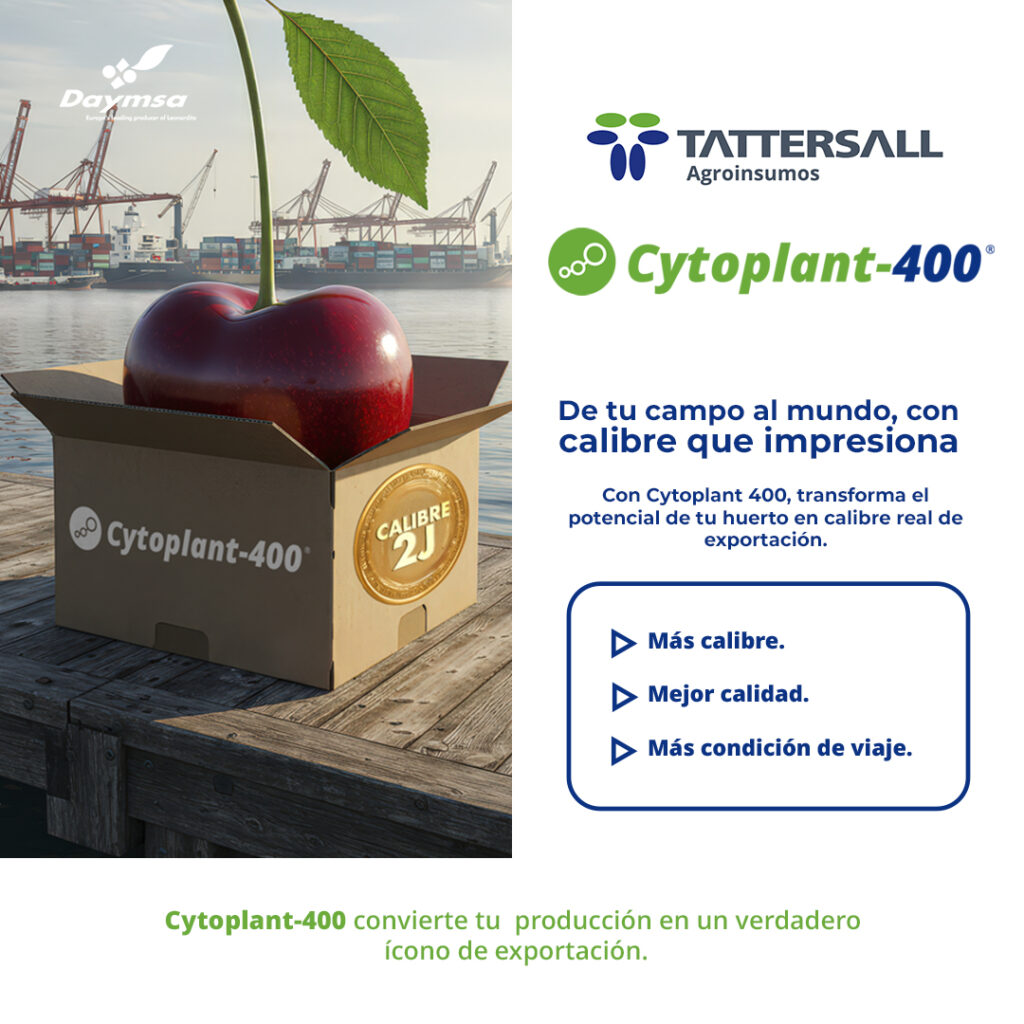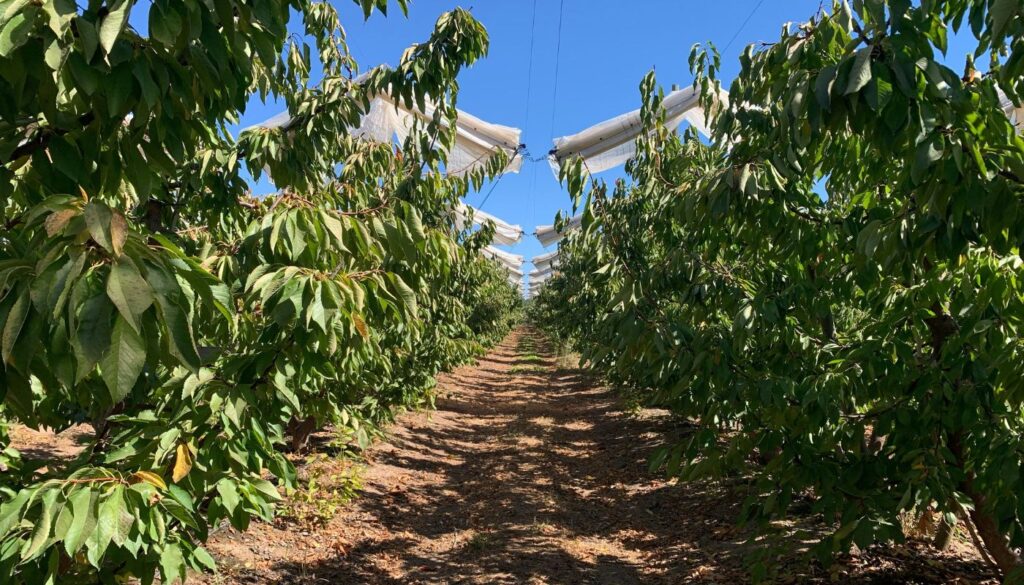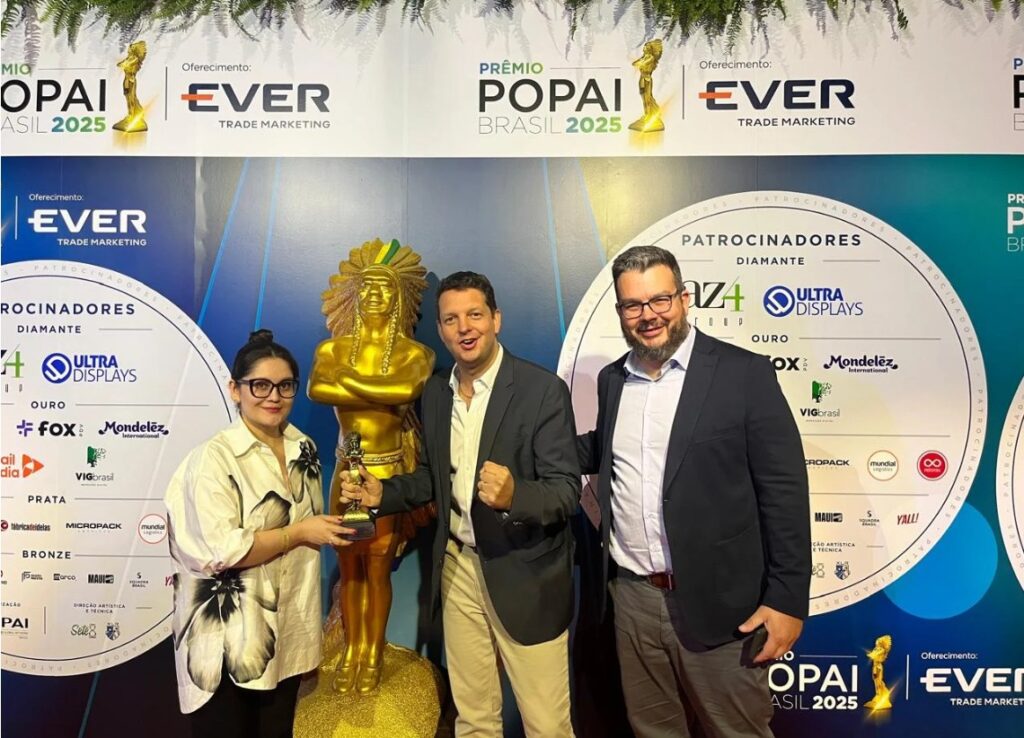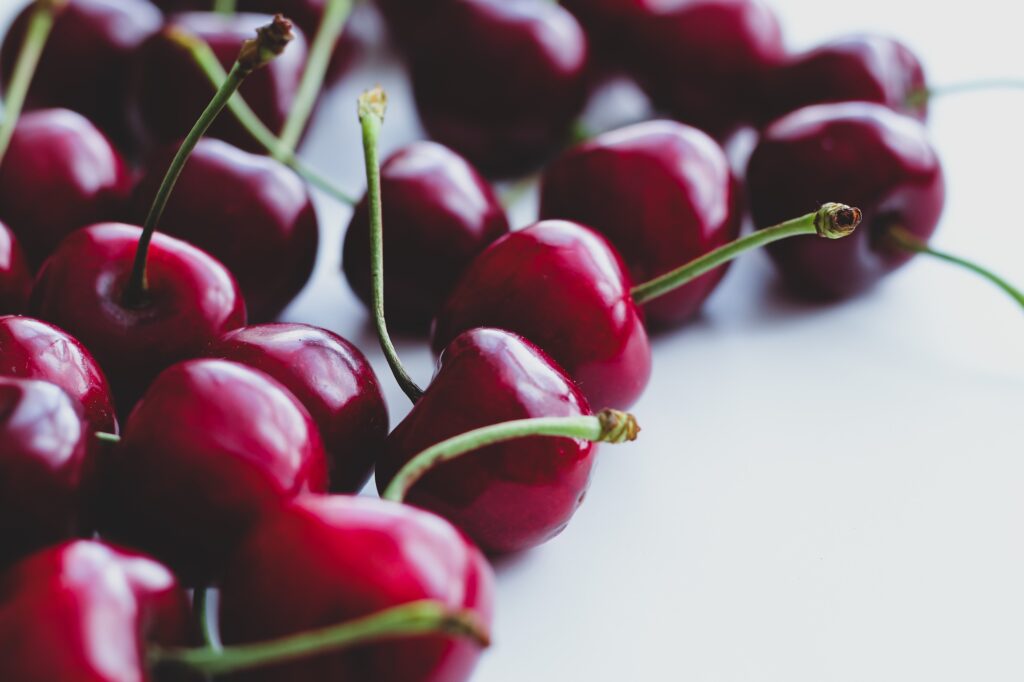By: Emilio Martínez, Agricultural Engineer, Avium R&D Leader; Carlos Tapia, M.Sc., Avium Technical Director.
Most of the times when we talk about nutrition in fruit trees, and specifically cherry cultivation, we start and end by mentioning Calcium; this, together with Potassium, must be the most relevant minerals in the nutrition of this species, since both confer important action properties in the different physiological processes of the plant.
When talking about nutrition, first of all, we must keep in mind that it has to be oriented towards the plant; it will be the one in charge, in its different phenological states, of mobilizing the nutrients to the different organs of the tree. According to the above, in conditions of high vigor in the trees, defining vigor as the annual growth of the year, Calcium and Potassium move predominantly more towards the shoots and to a lesser extent towards the fruits, due to the source and sink effect that this condition produces (Tapia, C., 2017).

In studies carried out a few seasons ago, the annual vegetative condition of Lapins cv. was evaluated, where the length of shoots (cm.) was measured; on that occasion, it was observed that in shoots that measured over 40 cm vs. those that were less than 30 cm long, the latter had a larger caliber and weight of fruit compared to the sector with greater vigor. However, the peculiarity that both had similar concentrations of Ca in fruits became evident, which was very good news since due to a dilution effect in larger fruit, it should have had a lower concentration of Ca in larger calibers (Avium, unpublished data, 2019-2020 season). For this reason, it is essential that the orchards are balanced in vigor for applications, both foliar and via irrigation, since with this a better response to the applied products will be obtained.
There are alternative sources of calcium on the market, such as calcium sulphate, or calcium chloride or nitrate compositions, which are generally accompanied by other minerals that can be harmful to the nutritional balance of the plant. Alternatives formulated based on calcium oxide (CaO) are products that have been of interest for irrigation applications in crops, and which have shown interesting results from the point of view of fruit formation and the mechanisms that help the plant in the face of stress and in order to achieve maximum productive potential.
In the responses to biotic and abiotic stress, secondary metabolites produced by plants called phenylpropanoids intervene, where there is evidence that the induction pathways of these compounds are related to Abscisic Acid (ABA), which is generated by signaling mechanisms involving Calcium (Ca2+) and Ca-dependent protein kinases2+ (Vighi, IL, et al 2019). In light of the above, it is worth highlighting that Calcium is an essential nutrient for the structural conformation of cell walls, providing integrity and cohesion to plant tissues; an issue that is widely reported regarding post-harvest susceptibility in fruits.

This element is absorbed by the roots as Ca ion2+ through ion channels, depending largely on the flow of water towards the roots, known as mass flow, which carries Ca ions2+ towards the root surface (Kirkby, 1979). From this point of view, product applications via irrigation should be carried out when the soil temperature is above 15°C, understanding that from that moment on, root development can be constantly recognized. In the central zone of Chile, this is not before October 5-10 for this species, and it is precisely where the application of products via this route is proposed, considering, from the operational and phenological point of view, approximately 15-20 days after full flower (DDPF), when the plant begins its physiological process of transpiration.
The importance of applications in the early phenological stages lies, as previously mentioned, in that when applied at a single time, in doses even higher than those recommended by the labels of each commercial product and after the start of root growth (15 DDPF), they have shown consistent results when comparing applications against a lower label dose, and obviously against a control without application. The use of two products based on calcium oxides, at different label concentrations and according to the dynamics mentioned above, valuable information was obtained to conclude some theses that were preliminarily raised.
Studies were established to confirm the use of high doses to evaluate their real participation in the final quality of the fruit. The studies were carried out on the Lapins cv. on Colt rootstock in an orchard with a density of 1,000 plants/ha and a load of around 17,000 kg/ha.
The experimental units and repetitions were normalized to the same loading density (No. fruits/ASTT), so that they are comparable between them.
The research was conducted with two commercial products on the market; in research No. 1, a product formulated with 18% w/w of CaO was used, where the label dose of 15 L/ha was used, double 30 L/ha and triple 45 L/ha of what was recommended on the label; T1, T2 and T3 respectively.
Likewise, in research No. 2, a product based on CaO at 12% w/w was used and the dose recommended by the label (T1) of 40 L/ha was compared with double said dose (T2) of 80 L/ha.
Both investigations were compared with a field control (T0) without Calcium applications via irrigation (Table 1).
Applications were made 20 days after full flower (DDPF) for all treatments, coinciding with the beginning of root development and a soil temperature of around 14-15 °C.

Equal letters in the same column do not present statistical differences according to Tukey at the 95% confidence level.
The table shows the different indices measured, such as Total Ca, Soluble Ca and Non-soluble Ca, all expressed in mg/100 g of fresh weight (FW). In addition, the percentage of soluble and non-soluble Ca that make up the Total Ca can be observed. Also included is the percentage (%) of the sum of sizes from Extra Jumbo (> 30 mm) for each treatment.
A Calcium index over 10 mg/100 g. PF corresponds to an optimal nutritional state of the fruit (Tapia, 2018), which is clearly surpassed by all treatments. Although no difference in the levels of Calcium in fruit can be seen for both investigations, it can be inferred that the use of higher doses of Calcium was consistently better in calibers with respect to the field (T0). This is where significant differences are observed in T2 of investigation No. 2 with respect to the field control. In investigation No. 1, a difference is shown with respect to the control with respect to the dose three times the label (T3).
Within the analysis it is convenient to specify that there is also a greater weight of fruits (g.) and better segregation of sizes in the treatments with higher doses. For example: Research 1 T0 had an average distribution of 18.8% of the fruit over 30 mm. in diameter, vs T3 obtained 38.8% of the fruit above this category of sizes. On the other hand, in research 2 the dynamics are similar with 24.4% and 33.2% of the fruit over 30 mm. in diameter in T0 and T2 respectively.
This previous analysis is very important when concluding, since the studies do not show a clear statistical tendency to increase the total Ca content in the fruit after the applications at the different doses in both investigations. However, it must be remembered that Ca is measured in concentration within the fruits, and if there is an increase in size due to the applications of Ca to the soil based on this strategy, it can be asserted that there is a greater amount of the element in the fruit in the treatments with applications versus the control.
One of the parameters that stands out is the dry matter content of the fruit; there are statistical differences in the doses at double the label for both studies, which results in a fruit with better post-harvest conditions. In soluble solids (°Brix) and Durofel (UD) no differences were found between the treatments.
To reinforce the argument of the importance of single-time applications, Figure 1 is shown, where the total Ca levels of fruit are observed in the states of (i) stone hardening, (ii) straw-colored fruit and (iii) harvest, being sampled at 33, 48 and 72 days after full flower for each treatment referring to research 1.

This basic information is explained by the decrease in the concentration of Ca in the fruits as growth and volume increase, diluting the element when the fruits become larger.
It can also be observed that from the straw-coloured stage (Stage II) onwards, the cell elongation stage (Stage III) begins, where gibberellins mainly begin to interact, enhancing cell elongation and consequently the entry of water into the system. This can be seen in the descending curves of total Ca from the stone fruit to flattening at harvest.
Finally, it is possible to conclude that nutrition is a determining factor in obtaining a quality fruit; its participation in the different processes of the plant and its correct distribution to the different organs, determines whether the balance reaches the necessary equilibrium to reach the correct sink: the fruit.
Fountain:
-Vighi, IL, Crizel, RL, Perin, EC, Rombaldi, CV, & Galli, V. (2019). Crosstalk during fruit ripening and stress response among abscisic acid, calcium-dependent protein kinase and phenylpropanoid. Critical Reviews in Plant Sciences, 38(2), 99-116.
-Tapia, C., Martínez, E., & Martínez, N. (2021). Concentrated on Calcium. MundoAgro Magazine, 141, 20–25.







